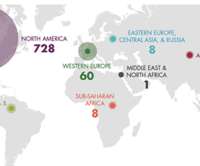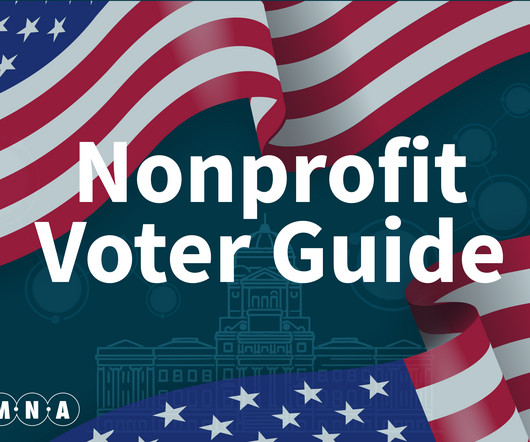Precision Medicine Has a Data Equity Problem
NonProfit Quarterly
JANUARY 18, 2024
The HGP has undoubtedly contributed to scientific knowledge and medical breakthroughs by laying the foundation for understanding the genomic components of disease; however, the HGP repositories consist almost exclusively of European/White genomic data.
















Let's personalize your content